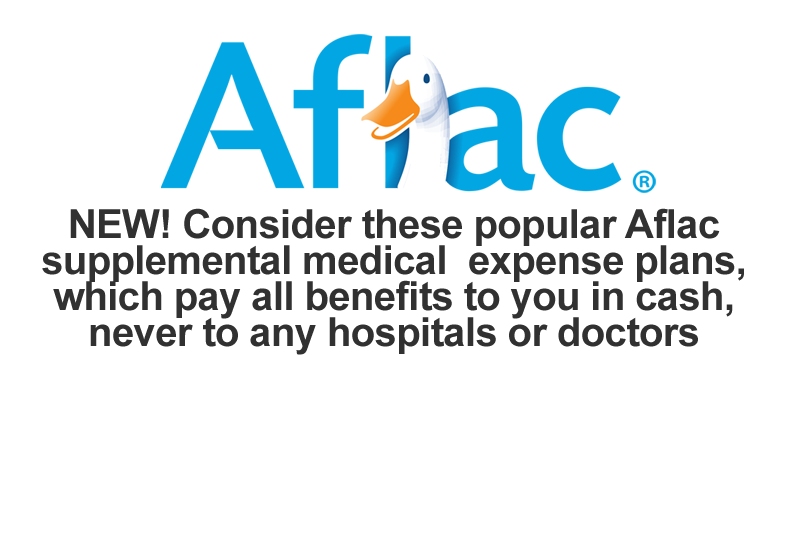Animal lovers will know that owning a pet a can be an expensive business. Aside from routine checkups and vaccinations, should your pet require treatment for an injury or illness, before you know it, you could be potentially faced with a veterinary bill that runs into the $1000’s. With many pet owners considering pets to be fully fledged family members, it is little surprise that owners take out pet insurance plans as a safe way of budgeting for any unforeseen veterinary bills.
However, despite the National Pet Owners Survey finding an increase in the number owners taking out insurance policies for their pets, animal insurance programs can often be complex. Sometimes they can be expensive and it can also be quite difficult to be totally sure what illnesses or ailments will be included in the coverage. The insurance plan can then become even more difficult to decipher when it comes down to considering any of your pets pre-existing conditions, yet this is an essential factor in helping you choose the right policy for your pet.
Just as with any other insurance policy, the degree and cost of a pet insurance plan is determined, prior to purchasing the policy, by the physical condition of the animal.
Understanding insurer jargon
Arguably the biggest problem facing owners who are looking to take out an insurance plan for their pet determining exactly what pre-existing conditions are and how they might impact the pet’s policy. The fact is that the definition for a pre-existing condition often differs from one insurance company to another. Essentially, it is a condition that occurred prior to the policy being taken out, which is easy enough to understand. However, where confusion can occur is that to some insurance companies a pre-existing condition may mean some type of congenital disorder, where as to others it simply refers to a condition that occurs before the policy starts. As when taking out a pet travel insurance plan, it is the finer points of the insurance policy which can often be the most important if the need ever arises to make a claim. Therefore, understanding the different definitions and/or terminology used in the insurance plan could save you a financial headache at a later date.
What are curable pre-existing conditions?
Amongst some insurers, pre-existing conditions that are deemed to be curable are sometimes covered by an insurance plan, following a predetermined waiting period of around 12 to 18 months. These conditions can include common infections to the urinary or respiratory tract, as well the bladder.
Other conditions such as diarrhea or vomiting will also normally be deemed as curable. If it is that a pet has these conditions at the time the insurance policy is issued, but then quickly recovers, it will most probably be the case that the insurance plan covers any reoccurrence of the condition at a later date.
What are congenital disorders?
Seldom covered under most pet insurance plans, congenital disorders are conditions or ailments that an animal is born with and that can arise at any time during the animal’s life. Hip dysplasia, for example is a congenital disorder, which is normally found in larger dogs and is rarely covered by most pet insurance providers. Most insurance companies will provide a list of exactly what congenital disorders, if any, are covered within their insurance plan. It is also the pet owner’s responsibility to research and understand what ailments may or may not be specific to their breed of animal and whether these ailments will be covered should the animal require any future treatment.
Insurance options for ongoing care
Aside from curable and congenital conditions, some insurance policies will provide financial reimbursement for conditions that are considered to be ongoing. Conditions such as arthritis, allergies, diabetes, and asthma are all defined as an illness or condition that will occur in a plan period but which are likely to require subsequent care in any future plan periods. Again, it is important that owners check their individual policies in order to determine which conditions are adequately covered.
Read the small print and ask the right questions
Finally, it is highly recommended to thoroughly read and study the policy itself, but owners should also make sure that they properly educate themselves in the medical history of their pet. Having this background knowledge and asking the right questions to potential insurers will eliminate any possible problems should there be a need to make a claim at a later date. As insurers try to be as transparent as possible with their insurance plans, a pet owner who is diligent when searching for pet insurance will give themselves the best opportunity of finding the most suitable insurance coverage for their pet.













